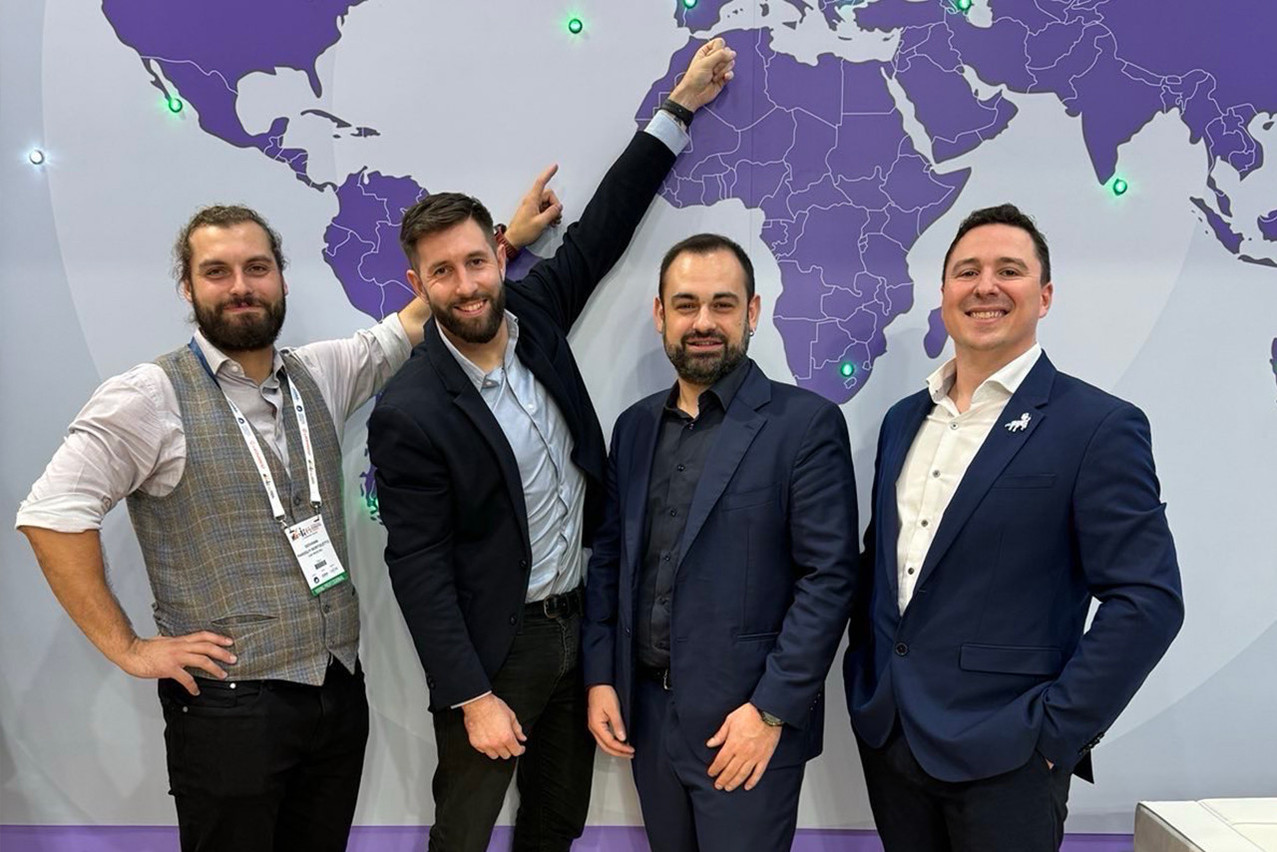Odysseus Space, a Luxembourg-based company specialising in space-to-Earth laser communication, has announced the deployment of its first commercial optical ground station (OGS) in partnership with Leaf Space. This station, located in Montsec, Catalonia (Spain), marks an important step in expanding the capabilities of Odysseus’ Cyclops solution, which offers laser communication as a service (LCAAS).
Founded in Luxembourg in 2019, Odysseus Space is now positioned as a key player in the field of space laser communication. Its Cyclops solution, offered via a subscription model with no upfront cost, can retrieve data at up to 10Gbps.
This partnership will enable fast, secure data transfer between Earth observation (EO) satellite constellations and terrestrial infrastructure. Odysseus will use Leaf Space’s existing infrastructure--a network of 26 ground stations at 16 sites--to enhance global data transfer.
2026 target for a complete network
Odysseus’ objective is to deploy a complete OGS network by 2026, offering its customers a download capacity of 1 TB per day. The Cyclops solution includes the Cyclops-GT ground terminal, optimised to receive data from satellites equipped with the Cyclops-DTE space laser communications terminal.
“This marks a major step in reducing the complexity and cost of direct optical communication between space and Earth. By integrating our Cyclops LCAAS solution with Leaf Space’s network, we offer a complete solution including both hardware and data service, making it easier for our customers to access large amounts of satellite data at a more affordable cost,” said Odysseus Space co-founder and CEO Jordan Vannitsen.
This partnership also represents a strategic step forward for Leaf Space’s global Leaf Line network, a hybrid network of ground stations for optical and radio frequency communications. The collaboration between these two players aims to combine their respective expertise to offer an integrated solution for transferring data from space to Earth, simplifying data management for customers.
This article was originally published in .
